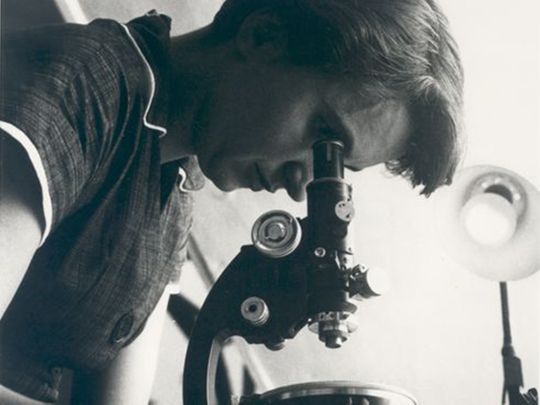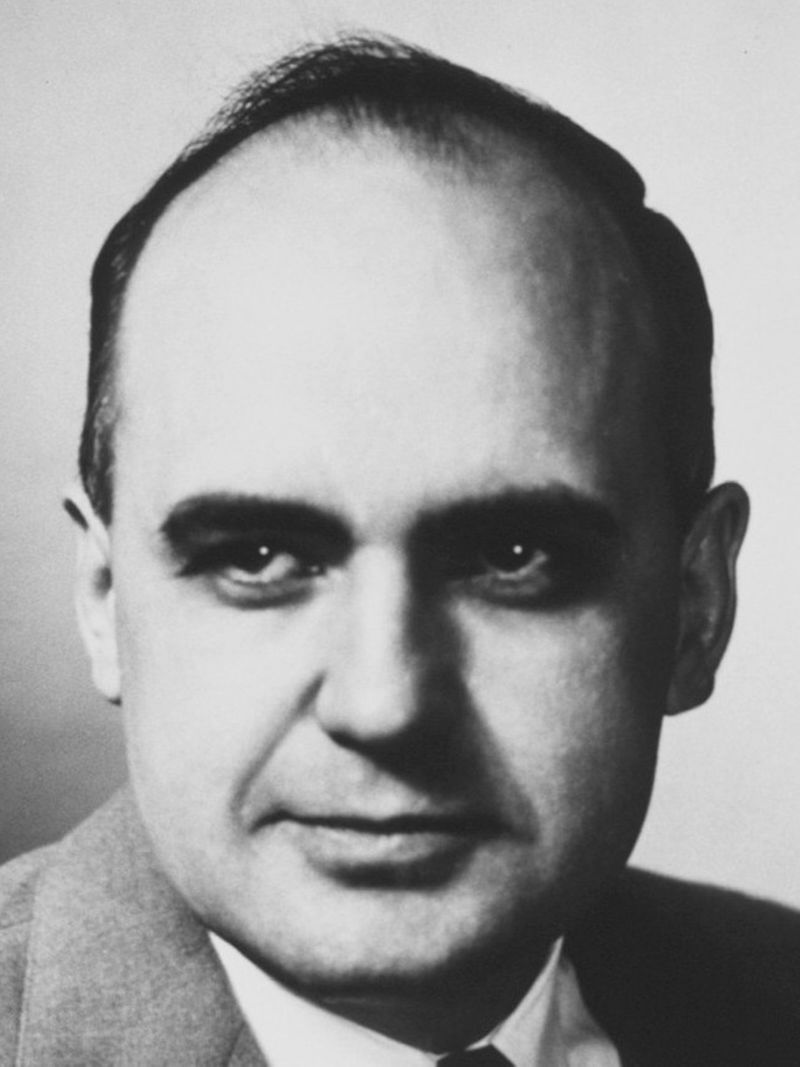
History may be written by the victors, but there are hundreds of people – from scientists to adventurers – who have been overlooked and deserve to have their names in the spotlight.
Click start to play today’s Spell It, where we meet many a historical ‘hero’ whose contribution to society was recognised long after their deaths.
Here are a few worth remembering:
1. Henrietta Lacks

Although she died in 1951, this African American woman’s cells continue live on. Lacks was one of many Black people who were subjected to nonconsensual medical experiments in the mid-20th century. At Johns Hopkins in Maryland, US, cells from her cervix tissue were collected during a medical examination – without her knowledge or consent. Although cells collected from others had died, Lacks’s cells stunned doctors by dividing again and again. Known as the immortal ‘HeLa’ cells, they have provided the base for two Nobel Prizes, nearly 20,000 patents and numerous medical advances. Sadly, it was only 20 years after Lacks’s death in 1951 that her family learned that the cells belonged to her.
2. Maurice Hilleman

You can thank Hilleman for avoiding measles, mumps or rubella, since this American microbiologist is responsible for developing over 40 vaccines. Hilleman started out working in his family’s farm, and even credited much of his success to his work with chickens as a boy (in the 1930s, fertile chicken eggs were used to grow viruses for vaccines). Hilleman went on to become a virologist and microbiologist, and his quick, tenacious work is credited with likely helping avert a pandemic in 1957. When Hilleman’s daughter came down with the mumps in 1963, he swabbed her throat and just four years later, developed a vaccine so that no one else would have to face the disease. One estimate, published in 2005 in the UK-based British Medical Journal, says his vaccines save nearly eight million lives each year.
3. Rosalind Franklin
The discovery of DNA’s (deoxyribonucleic acid) double helix structure is usually credited to American biologist James Watson and English physicist Francis Crick. But there was a third contributor: British chemist Rosalind Franklin. She was conducting parallel research at the time, working to uncover the structure of the mysterious polymer, and unwittingly had a photograph in her research documents that proved its double-helix form. An estranged work partner showed this unpublished research to Watson and Crick, who immediately built their final model, based off of her findings. Franklin got absolutely no credit, and her contribution only came to light several years later.
Who else comes to mind, when you think of underrated historical heroes? Play today’s Spell It and tell us at games@gulfnews.com.




